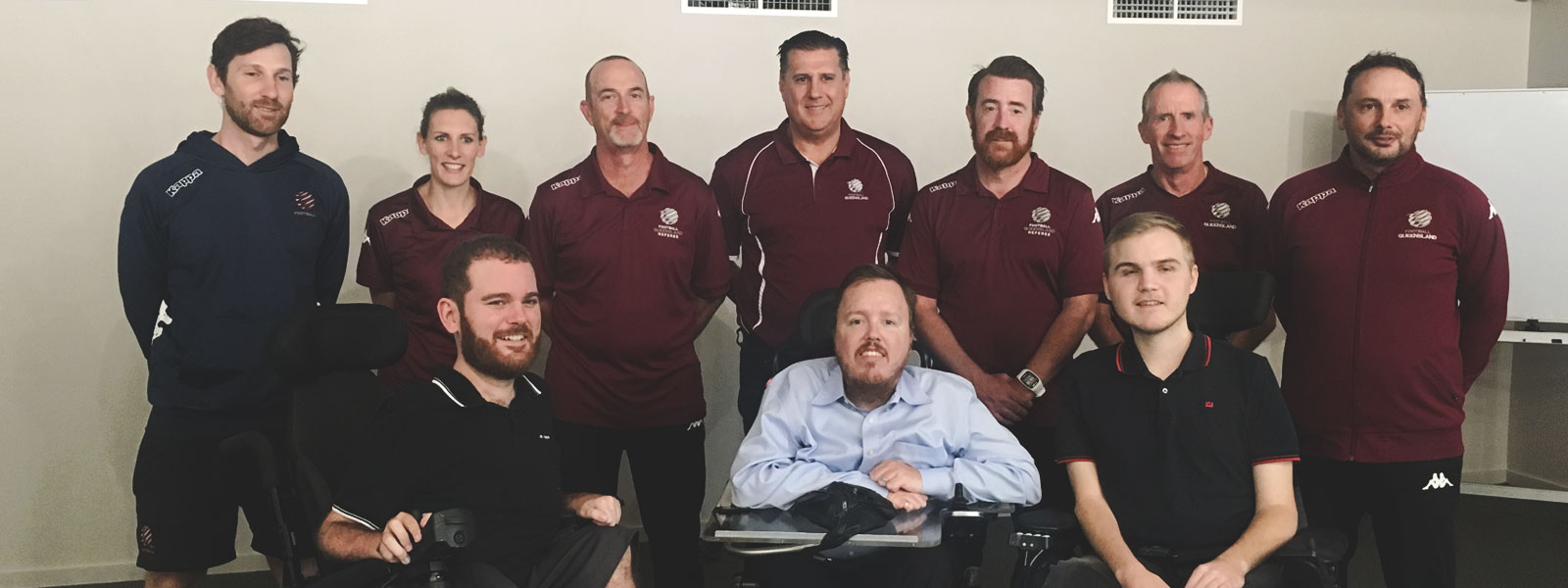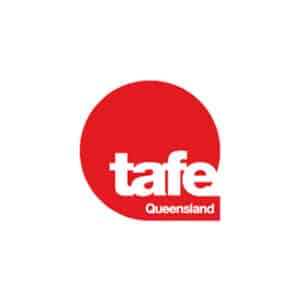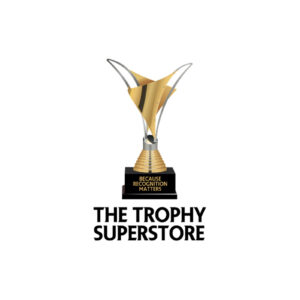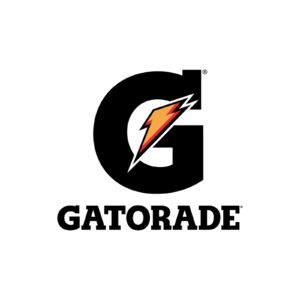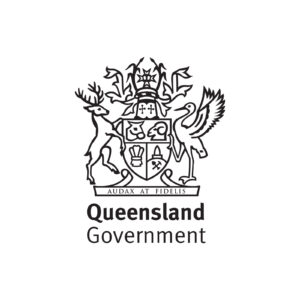Wheelchair-bound players get just as big a kick out of football as their able-bodied counterparts.
Queensland Powerchair Football Association (QPFA) president Tom Dickson says the introduction of the modified version of the code is proving to be a winner and at this stage is the fastest-growing sport for wheelchair users.
“We have about 100 players nationally and we now have three clubs playing in south-east Queensland with team members from Brisbane, the Gold Coast, north to the Sunshine Coast and west to Toowoomba,” Dickson said.
“We have three teams playing, the Brisbane Strikers, Brisbane City and Moreton Bay Jets with about 25 players registered.”
It is with the support of the three Queensland NPL clubs – the Strikers, City and the Jets – that the powerchair boys can get to test themselves in full competition mode.
Hopefully the number of clubs will soon increase to four.
“We are on the verge of getting another club involved in this,” Dickson said.
“The clubs are throwing in playing gear for us and they are very good with their social media.
“The most important thing is that they are making us a part of the club. This sort of stuff is so very important to us, being a part of the actual football club.”
Take it for granted, despite their physical limitations the powerchairers are every bit as competitive as their able-bodied counterparts as they zip their battery-charged machines around the court.
Take, for example, a recent clash between Strikers and City at the home venue for the sport in SEQ, Brisbane State High.
“It ended up a fiery 3-3 draw and the game was punctuated by referees stopping play and telling everybody to calm down,” said Dickson, who plays for the Strikers.
“We can definitely go in hard, bars can crash and referees can step in – and you can get carded. I’ve had my share of warnings.”
Obviously the sport calls for specially-made wheelchairs but the one thing it has resulted in is an avenue for those who love their football to direct their energies and passion.
“Remember a lot of these guys have not had the opportunity to play a team sport.
“So, to have this up and running since 2012 is pretty amazing, it has helped boost confidence in all walks of life, not just football.”
The QPFA was founded to provide people with disabilities the opportunity to play team sport.
Powerchair Football is an adapted version of football. Two teams of four hit and spin a 13-inch football on a regular-size basketball court and is for athletes who use powerchairs for their everyday mobility.
Brisbane State High is to host the national titles late in September where defending champions Queensland will take on teams from arch rivals New South Wales, Victoria, South Australia and Western Australia in a week-long tournament.
There will also be invited teams from across the Tasman Sea representing New Zealand as competitors vie for selection in the Australian Poweroos squad.
Powerchair Football is being considered for the 2024 Paralympics which will hopefully attract government funding for the sport.
“It is currently self-funded and we have to work hard on getting our own sponsorships,” Dickson said.
“APFA and QPFA are both community organisations that rely heavily on the generosity of our volunteers.
“Holding an event for athletes with disabilities is a complex and costly exercise.
“Disabled athletes must factor in the cost of a personal carer, medical equipment hire and accessible transport and accommodation. This is a unique position for athletes with disabilities and is often on top of costly expenses incurred in their daily lives.
“With an accessible playing venue, accommodation and transport, we estimate our tournament will cost nearly $140,000.
“We believe our championship can continue the Commonwealth Games legacy of inclusion, which was the first to have para-sports run simultaneously at the event.
“We also believe that the APFA National Championship is important with the rollout of the National Disability Insurance Scheme as we, too, highlight the social and economic participation of people with disabilities in Australia.”
Pictured (left to right), Top Row: Tom McDonald, Kerry Hammersley, Mark Simon-Green, Richard Griffiths, David Wiebe, Pat Hedges, Dean Simpkins
Bottom Row: Tristram Peters, Tom Dickson, Bryce Castles
Words: Terry Wilson

